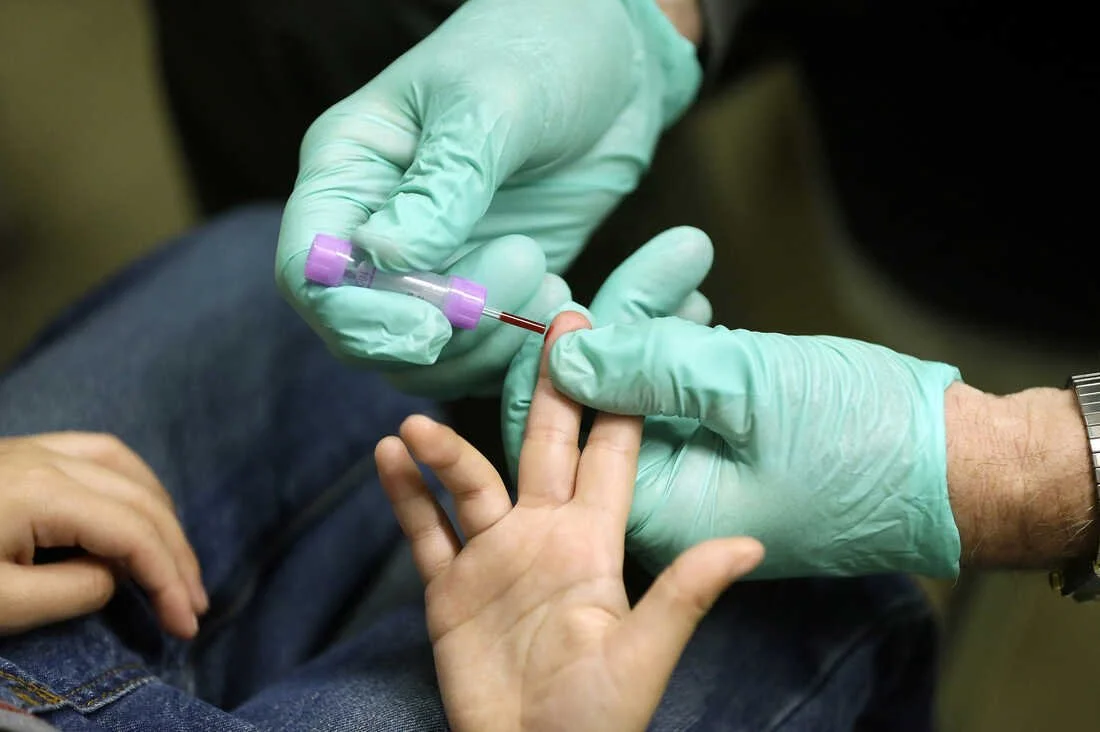Unregulated Products and Contamination: Public Awareness on Lead Poisoning Risks
Photo: Carlos Osorio/AP
Fatal Lead Exposure: Hemorrhoid Ointment Tragedy
A woman in Sacramento, California, tragically died from severe lead poisoning after using a hemorrhoid ointment called Cao Bôi Trĩ Cây Thầu Dầu that she purchased via Facebook from Vietnam. Testing later revealed it contained 4% lead, posing significant health risks and ultimately leading to her death.
Unveiling Lead Dangers: Contributing Factors
Lead can be present in numerous consumer products, either inadvertently introduced as an environmental contaminant, or deliberately incorporated in certain cultures for its perceived medicinal benefits.
While lead has historically been used in various traditional medicines, there is overwhelming scientific evidence demonstrating its toxic effects on human health. Consuming even small amounts of lead can lead to serious health effects by disrupting the body's blood function and potentially causing neurological and psychological harm. With no identified safe blood lead level, the consumption of goods containing lead should be avoided entirely.
To increase protection from lead, Congress has passed a multitude of laws to protect American consumers. Foremost among these is the Federal Food, Drug, and Cosmetic Act (FD&C Act). The FD&C Act allows the Food and Drug Administration (FDA) to establish safety standards, including major restrictions on environmental toxins like lead. It also mandates that drug manufacturers conduct rigorous testing to ensure products meet established safety standards.
Despite these efforts to safeguard consumers from harmful toxins, tragedies such as this one outline weaknesses in U.S. and international regulations. The hemorrhoid ointment in this case, Cao Bôi Trĩ Cây Thầu Dầu, was just one example of the increasing proportion of unregulated medicinal products that can cause harm to consumers by bypassing federal regulations. In the past decades, Americans primarily relied on local doctors and pharmacies for medicinal products. Today, the rapid rise of e-commerce platforms and social media such as Facebook Marketplace, Amazon, and TikTok Shop, have exponentially increased the ease of purchasing goods from abroad. Because of this, consumers must be increasingly educated on the products they purchase to avoid potentially unsafe products.
While this specific case of lead contamination originated outside of the U.S., products produced in the U.S. are not completely protected. Just last year, more than 20 toddlers fell ill across the U.S. after consuming lead-contaminated applesauce pouches. Stronger regulations on imported goods that may not meet U.S. environmental standards, increased product testing, and improved consumer awareness would undoubtedly contribute to preventing such tragedies in the future.
Protecting Yourself: Preventing Lead Exposure
Be an informed consumer
Avoid purchasing products that lack proper labeling or come from unverified sources, particularly when it comes to medical and cosmetic products that are consumed or otherwise come into contact with your body.
Purchase FDA approved products created in the U.S. to ensure a higher level of protection from environmental contaminants, such as lead. Imported products may not undergo the same level of testing and quality control as domestically produced ones. If unsure about the safety of an imported product, it's best to avoid using it or consult with a healthcare professional.
Educate yourself on environmental contaminants
Refer to our articles on the health effects of lead and policies to prevent lead exposure in the U.S. For more information, refer to the U.S. Food and Drug Administration.
Monitor your family’s health
Even with FDA protections, lead contamination occasionally occurs in domestic food and drug products. Monitor for signs and symptoms of lead poisoning. Symptoms vary widely depending on many factors, including age. A more detailed list of symptoms can be found here.
Common signs and symptoms in adults:
High blood pressure
Joint and muscle pain
Difficulties with memory or concentration
Headache
Abdominal pain
Common signs and symptoms in children:
Developmental delay
Learning difficulties
Irritability
Loss of appetite
Weight loss
Sluggishness and fatigue
Abdominal pain
Vomiting
Constipation
Hearing loss
Seizures
Pica (eating things that aren't food)
Lead and Consumer Safety: Final Considerations
This tragic event serves as a stark reminder of the urgent need for heightened consumer awareness in the face of shifting consumer landscapes and the rise of less regulated e-commerce platforms. While American consumers have historically placed some trust in domestic regulations, gaps remain in safeguarding environmental health and safety. Increasing consumer awareness and advocating for stronger regulations on consumer products, particularly those that are bought and sold online, are key to preventing similar tragedies in the future.

